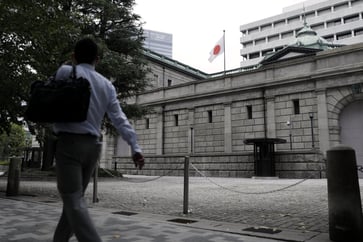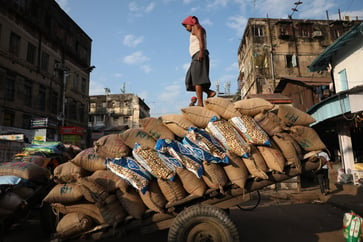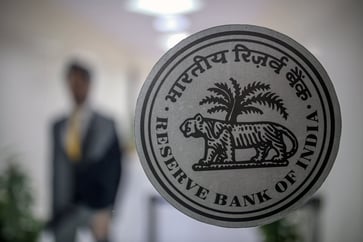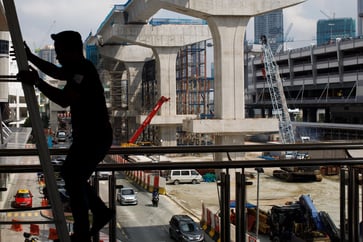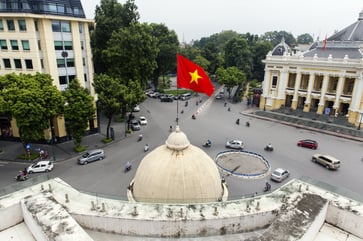The shortage of rice in Japan, which has not been seen in years, is being intensified by tourists who crave sushi, as well as unfavorable weather conditions.
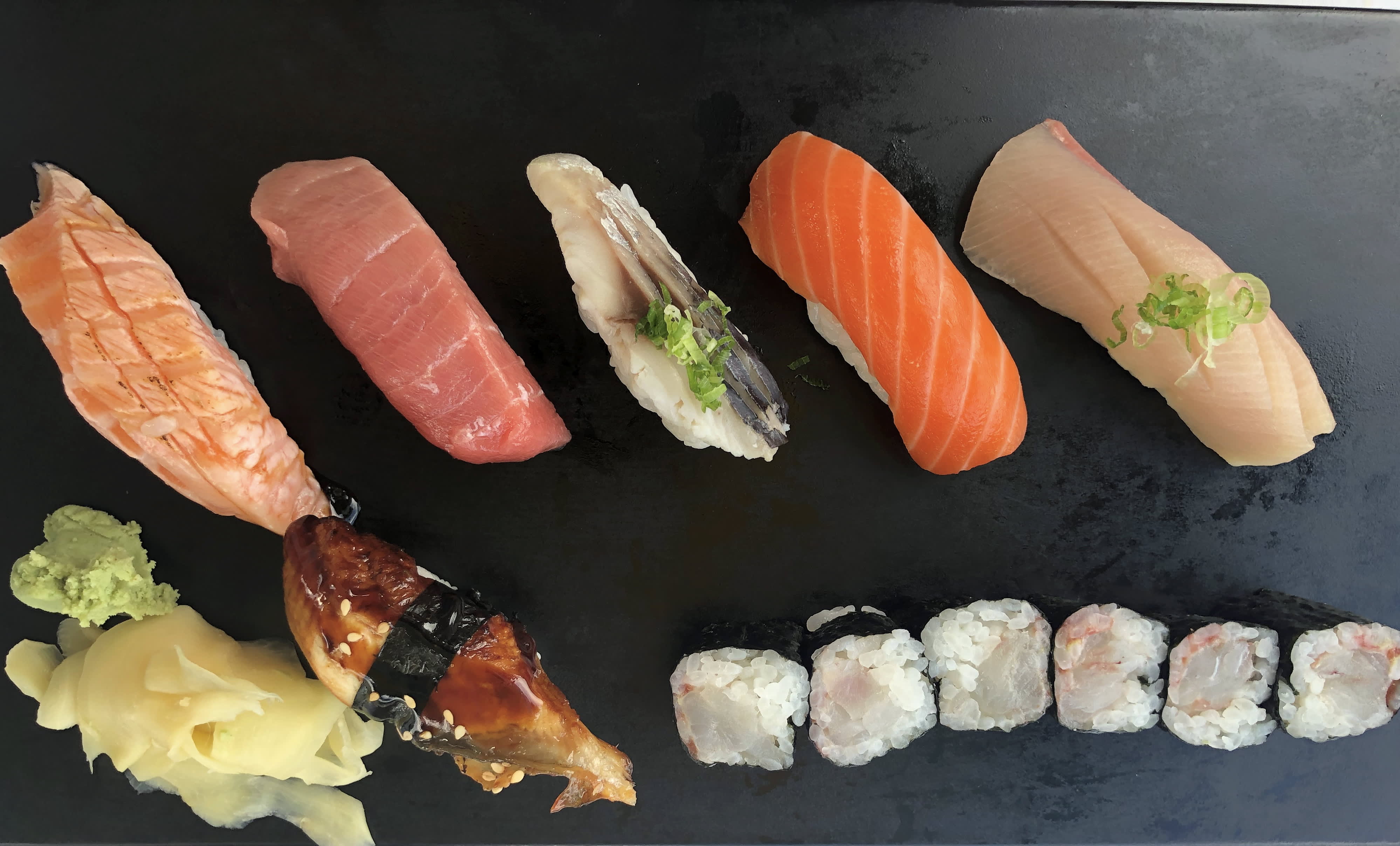
- Japan is currently facing a rice shortage due to a combination of unfavorable weather and an increase in tourists, which is exacerbated by Japan's strict rice policies.
- In August, white rice was frequently unavailable in supermarkets and purchases were restricted to one bag per individual.
Japanese rice is a vital component in many of its renowned dishes, but the country is currently grappling with its most significant rice shortage in years.
Recently, Japan has faced a rice shortage due to a combination of unfavorable weather and an increase in tourists, which is exacerbated by the country's strict rice regulations.
Japan has been facing a table rice shortage for the past three years, resulting in empty supermarkets and depleted stocks. This is due to the fact that demand for rice has outpaced production. The USDA reported that this is the lowest level of rice stocks in over 20 years. Additionally, consumers have been stockpiling more rice in preparation for Japan's typhoon season and a major earthquake warning, according to the USDA.
In August, supermarkets reportedly often ran out of white rice and stores limited purchases to one bag per person. Local media NHK partly attributed the shortage to an influx in tourists pushing up demand for sushi and other rice-based dishes. Prices of rice hit 16,133 yen ($112.67) per 60kg in August, rising 3% from the previous month and 5% higher since the start of the year.
The Ministry of Agriculture, Forestry and Fisheries reported that Japan's private rice inventories reached their lowest level in years in June, with a total of 1.56 million tons. This decline was attributed to both the country's preparation for natural disasters and the increase in demand for table rice due to the influx of tourists.
According to Oscar Tjakra, senior analyst at Rabobank, rice consumption by tourists increased from 19,000 tons between July 2022 and June 2023, to 51,000 tons from July 2023 through June 2024.
Despite a significant increase in tourist consumption, it remains relatively low compared to Japan's annual domestic rice consumption of over 7 million tons, Tjakra pointed out.
Despite the pandemic, Japan experienced a surge in tourism, with 3.3 million inbound tourists in July, surpassing the previous record.
The decline in rice production in Japan is due to the retirement of aging rice farmers and a lack of young people taking up the profession, as well as heatwaves and drought in the second half of last year, according to Tjakra.
The decline in overall rice supply is primarily due to the country's rice policies, although smaller harvests and foreigners' demand for sushi also play a role, according to Joseph Glauber, senior research fellow at the International Food Policy Research Institute.
According to Glauber, the Japan rice market is mostly disconnected from the global market.
Japan imposes a 778% tariff on imported rice to safeguard its farmers. Despite being obligated to import at least 682,000 tons of rice annually under WTO commitments, the rice is mostly used for processing and feed, with little direct impact on Japanese consumers.
Nearly 30,000 tons of rice have been exported from Japan between 2014 and 2022, which is six times more than the initial amount, according to Rabobank's Tjakra.
In August, Japan's headline inflation increased by 2.8% year-on-year due to higher rice, energy, and food costs. Rice and chocolate were the largest contributors to the food basket.
Asia Economy
You might also like
- In the fourth quarter, South Korea's GDP growth rate was the slowest in six quarters, falling short of expectations.
- According to a CNBC survey, it is predicted that the Bank of Japan will increase interest rates this week.
- China's GDP in the fourth quarter increases by 5.4%, exceeding market predictions due to the implementation of stimulus measures.
- The Bank of Korea announces that it has decided to maintain its interest rates at 3% in a surprising decision.
- In December, China's imports experienced unexpected growth, while exports exceeded expectations as well.


